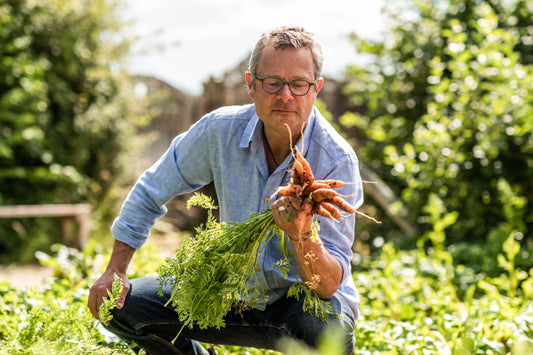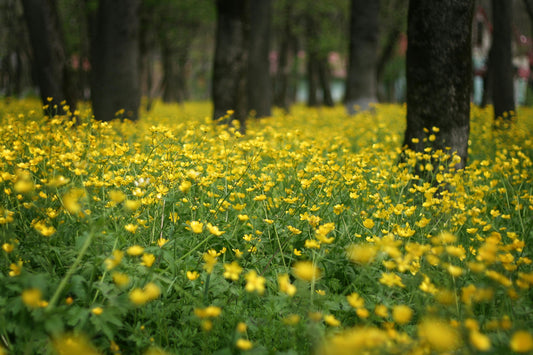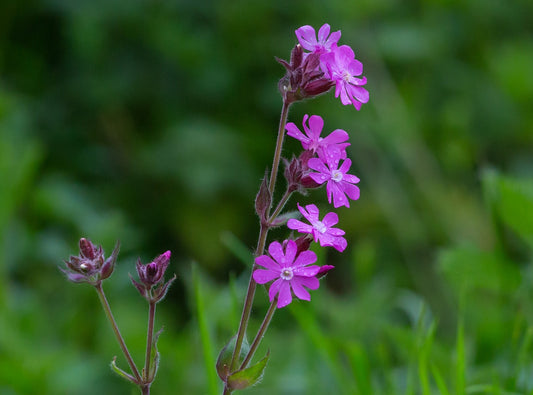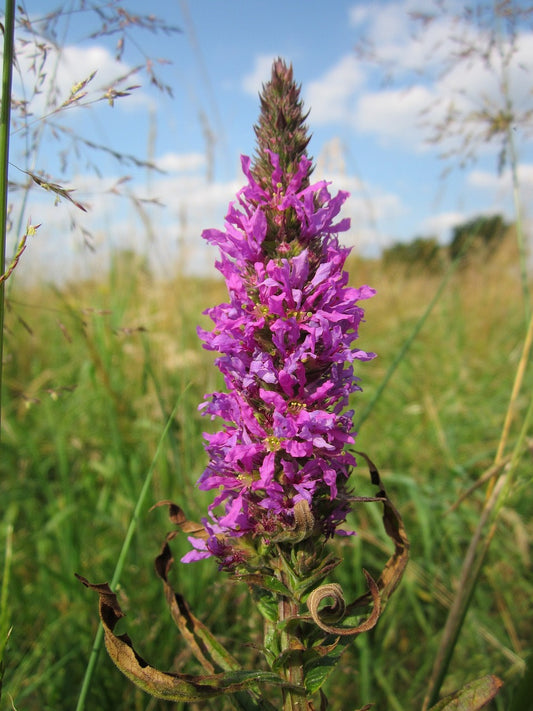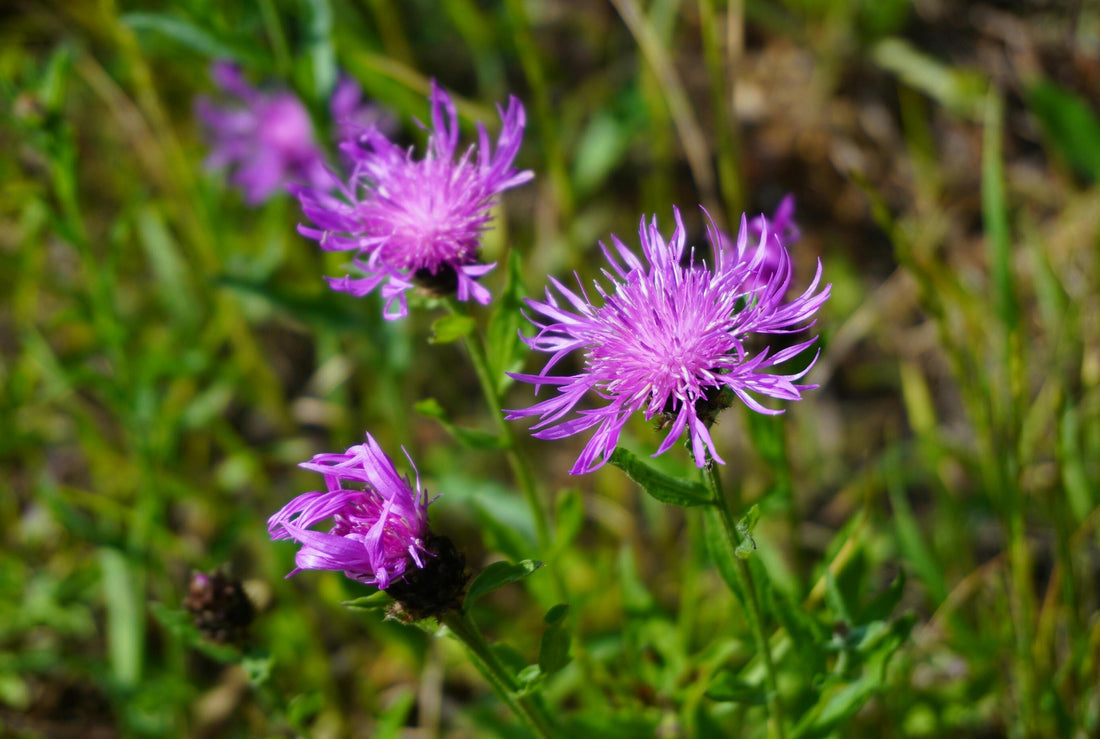
Planting Common Knapweed (Horse Knots): A Complete Guide to Growing This Vibrant Wildflower in Your Garden
Common Knapweed or Horse Knots (Centaurea nigra) is a stunning wildflower known for its vibrant purple blooms and its ability to attract pollinators. This guide covers everything you need to know to successfully plant and care for Common Knapweed in your garden.
What is Common Knapweed?
Common Knapweed is a hardy perennial native to Europe. It features striking purple flowers that bloom from early summer to autumn. Often found in meadows and along roadsides, it’s a robust plant that brings a burst of colour to any garden setting.
Benefits of Growing Common Knapweed
Growing Common Knapweed offers numerous benefits. It is a favourite among bees, butterflies, and other pollinators, thus supporting local biodiversity. Its deep root system helps improve soil structure and prevent erosion, making it an excellent choice for sustainable gardening.
Best Time to Plant Common Knapweed
The ideal times to plant Common Knapweed seeds are in the spring or autumn. Spring planting allows the seeds to establish as temperatures rise, while autumn planting gives them a head start for the following growing season.
Choosing the Right Location for Common Knapweed
Common Knapweed thrives in full sun but can tolerate partial shade. It prefers well-drained soil and is adaptable to a range of soil types, including clay, loam, and sandy soils. Choose a location with good air circulation to ensure healthy growth.
Preparing the Soil for Common Knapweed
1. Soil Preparation: Clear the planting area of weeds and debris. Loosen the soil to a depth of about 15 cm (6 inches) and incorporate organic matter or compost to improve soil fertility and drainage.
2. Soil pH: Common Knapweed grows well in a variety of soil pH levels but prefers slightly acidic to neutral soil (pH 6.0-7.0).
How to Sow Common Knapweed Seeds
1. Sowing Seeds: Scatter Common Knapweed seeds evenly over the soil surface. Lightly rake the soil to cover the seeds with a thin layer of soil or compost. The seeds need light to germinate, so avoid planting them too deeply.
2. Watering: Keep the soil moist until germination occurs. Once the seedlings are established, Common Knapweed is relatively drought-tolerant but will benefit from occasional watering during dry spells.
Caring for Common Knapweed Plants
After germination, Common Knapweed requires minimal care. Regular weeding and occasional watering will help the plants thrive. Mulching around the base can help retain moisture and suppress weeds.
Common Pests and Diseases
Common Knapweed is generally resistant to pests and diseases. However, be on the lookout for aphids and powdery mildew. Maintaining good garden hygiene and proper spacing between plants can help prevent these issues.
Harvesting Common Knapweed
You can harvest Common Knapweed flowers when they are in full bloom. The flowers can be used in floral arrangements or dried for various uses. For the best results, harvest the flowers in the morning after the dew has evaporated.
Companion Plants for Common Knapweed
Common Knapweed pairs well with other wildflowers such as oxeye daisy, red campion, and yarrow. These companions can create a vibrant and diverse garden that supports local wildlife.
Conclusion
Planting Common Knapweed is an excellent way to add vibrant colour and support pollinators in your garden. With its ease of care and stunning blooms, Common Knapweed is a fantastic choice for gardeners looking to enhance their outdoor space. Follow these tips for successful planting and enjoy the many rewards this beautiful flower has to offer.
Happy gardening, and make sure to add Common Knapweed to your haven!

